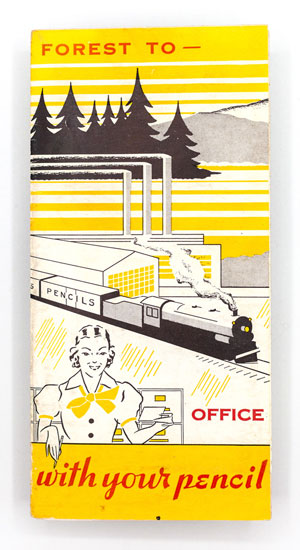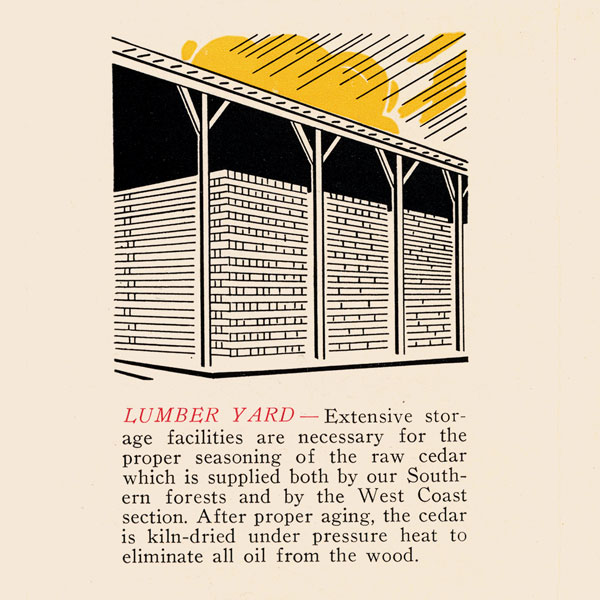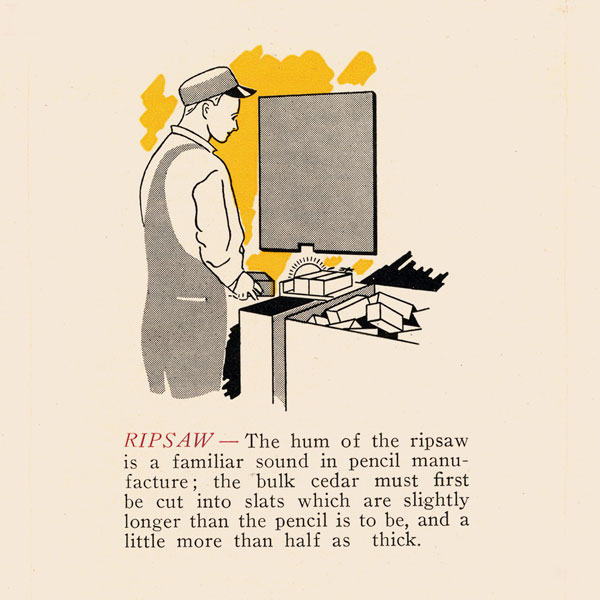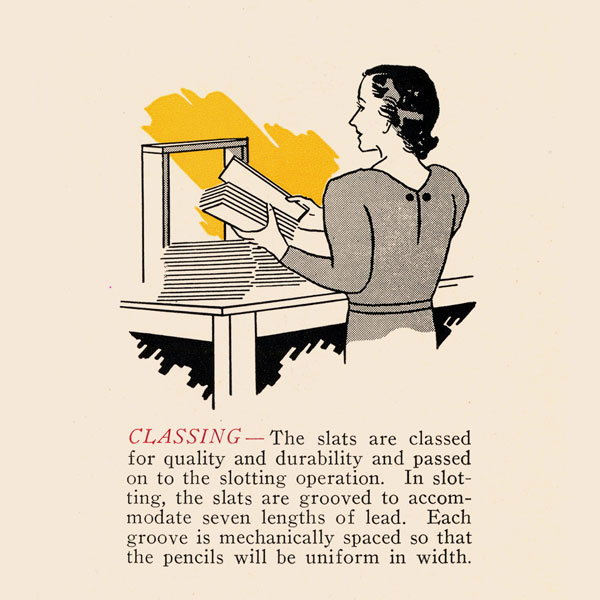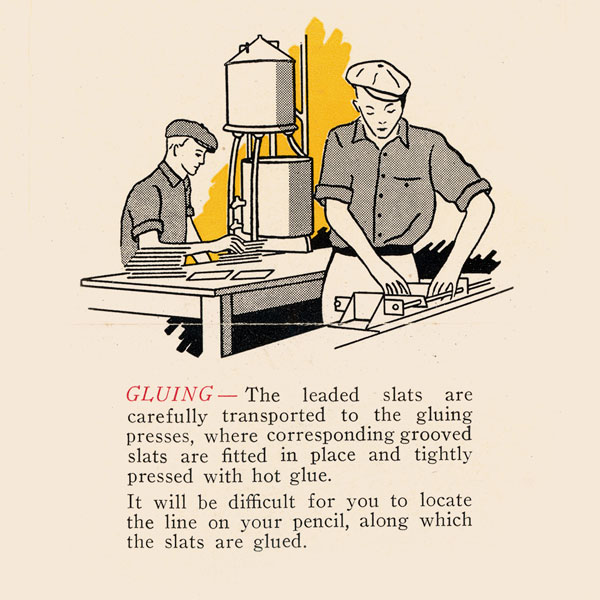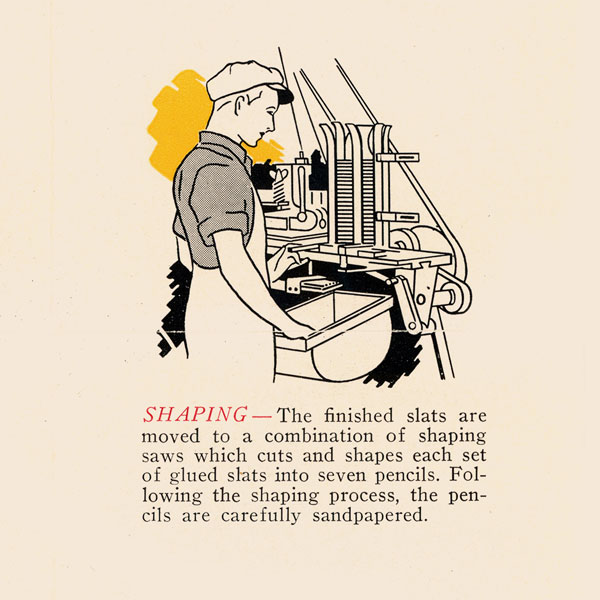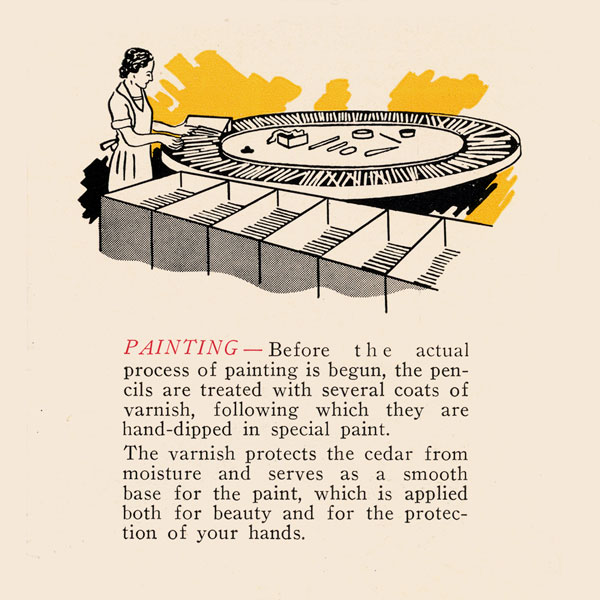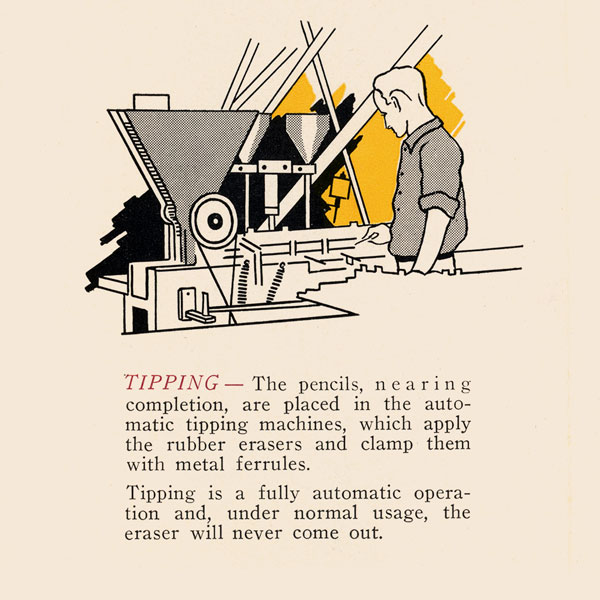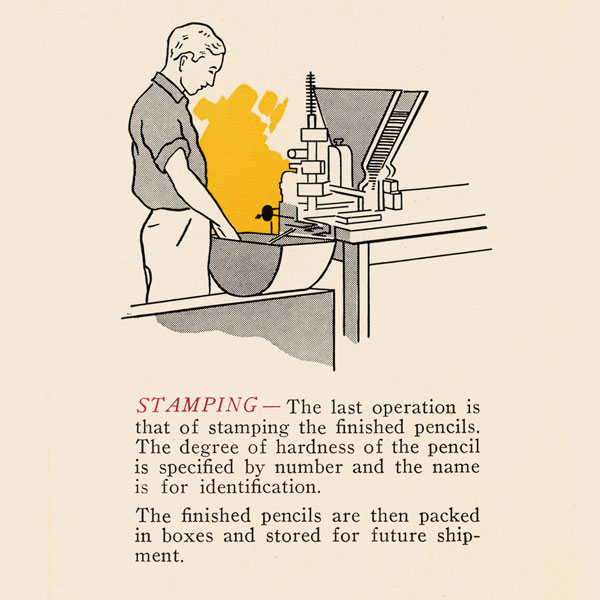Brand Spotlight: Musgrave Pencil Company
Musgrave Pencil Company is one of the last remaining pencil manufacturers in the USA, located in ‘Pencil City’ in Shelbyville, TN.
James Raford Musgrave founded Musgrave Pencil Company in 1916. At the time, middle Tennessee had an abundant supply of Tennessee red cedar, a wood that had proven perfect for pencil production. He started out by cutting it into slats and selling the wood to German pencil makers. When the impact of World War I interfered with the exchange of goods with Europe, the USA began to exchange raw material and technology within the domestic market, and Musgrave turned from slat production to pencil production. To this day, Musgrave use prepared slats instead of processing logs themselves.
Toward the mid-1920s, Tennessee sources of red cedar logs and rail fences slowly started to dwindle. It was then the California incense cedar — a fast-growing, plentiful wood with similar characteristics to the Tennessee variety — replaced it. In the late ’50s and early ’60s, lumber prices spiked due to increased demand, largely from furniture manufacturers and two pencil slat manufacturers who began providing cut pencil slats to manufacturers across the United States & Europe.
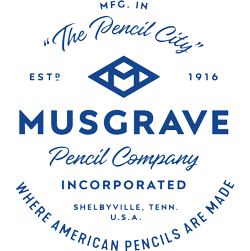
In the ’90s, imported pencils started flooding the US market, driving most pencil manufacturing overseas and closing most US pencil factories. This was a hard time for Musgrave with layoffs and salary cuts across the board.
This manufacturing shift also meant that there were no remaining mills making pencil slats in the United States, with everything needing to be imported from China. In many cases, logs were sent from the US to China to be cut into slats then imported back into the US. These days there are domestic US companies who are providing pencil slats to the American pencil manufacturing industry.
To create the Musgrave Tennessee Red, the Musgrave Pencil Company found an American supplier of Juniperus virginiana (Red Cedar); however, the supplier had never before cut pencil slats. For perfectly aligned cores, it’s crucial that each slat is cut perfectly symmetrically. Because of these difficulties with a new wood variety and slat producer, there have been some small quality control issues with a small number of their pencils. Despite this, the smell and joy of using these pencils far outweigh any issues with off-centre pencil cores.
Musgrave Pencil launching the Tennessee Red pencil, along with their rebrand, shows that pencils can still be fashionable, popular, and (hopefully) profitable. You can check out their blog post discussing this exciting pencil here.
A brief look at the process of manufacturing pencils. Images taken from an original brochure from the early 60’s by the Musgrave Pencil Company.
